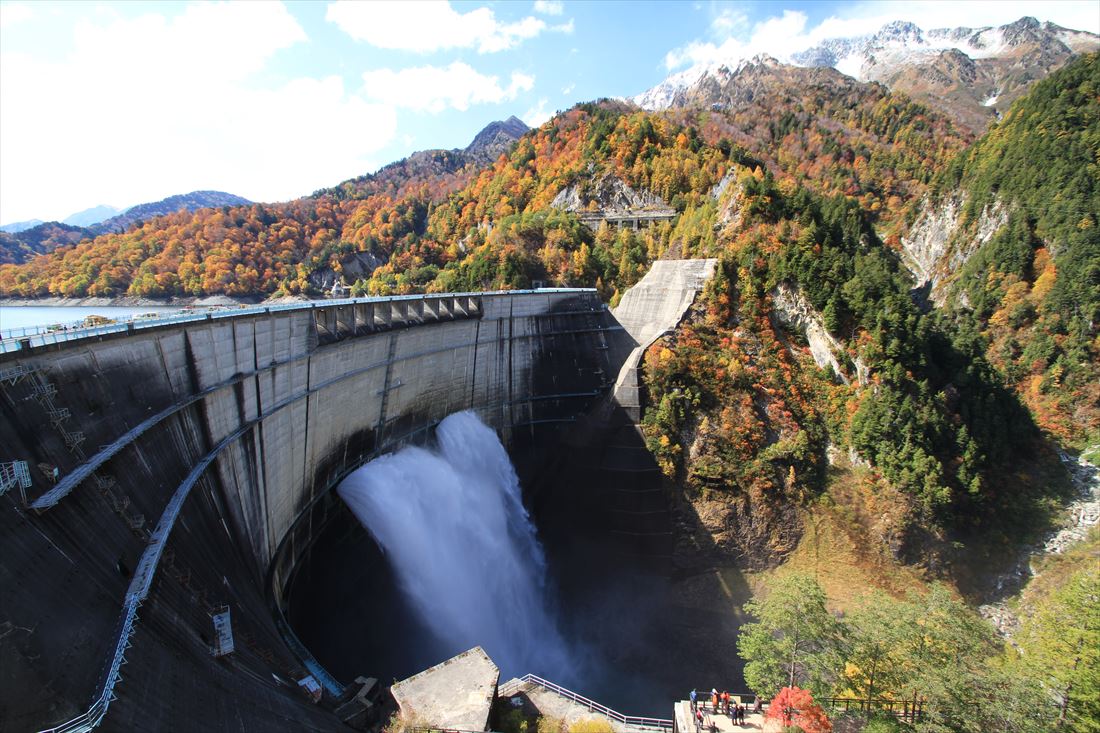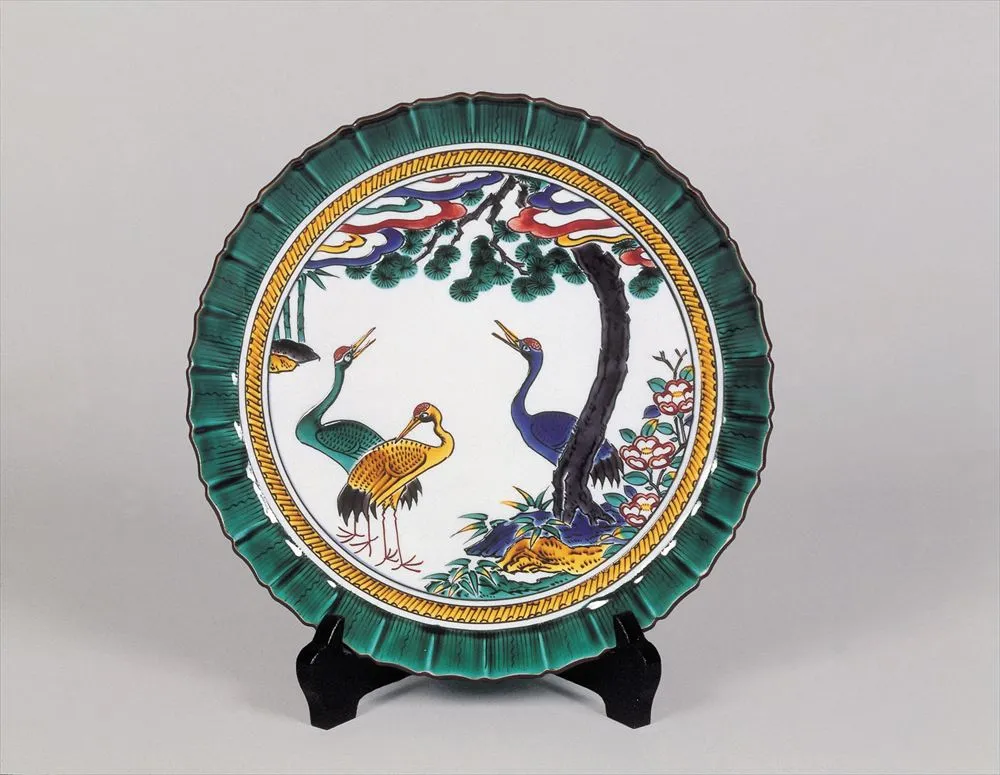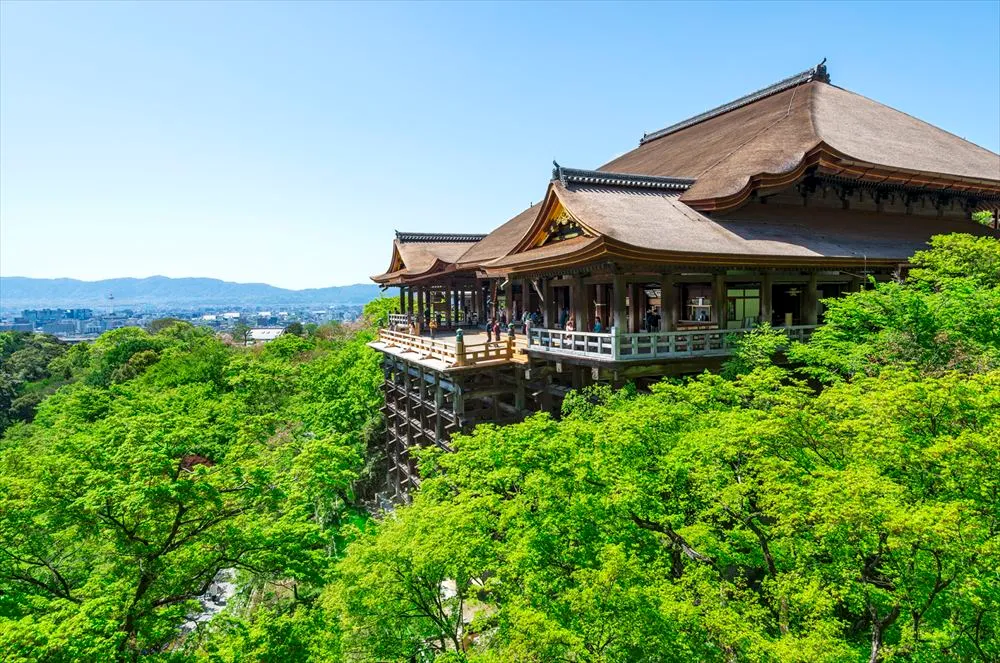Matsumoto Castle, one of Japan’s five National Treasure castles, was built during the Sengoku and early Edo periods (late 16th to early 17th century). With its elegant five-tiered, six-story main keep and robust fortifications, it never fails to leave visitors in awe. In this guide, we delve deeper into the timeless beauty and historical significance of this iconic landmark.
A Guide to Matsumoto Castle: The National Treasure of Japan
The History and Allure of Matsumoto Castle
Matsumoto Castle traces its origins back to the late Sengoku period of the 16th century, when it was known as Fukashi Castle. Under the orders of Toyotomi Hideyoshi, one of the most powerful figures of the time, Ishikawa Kazumasa oversaw extensive renovations that transformed it into the form we recognize today.
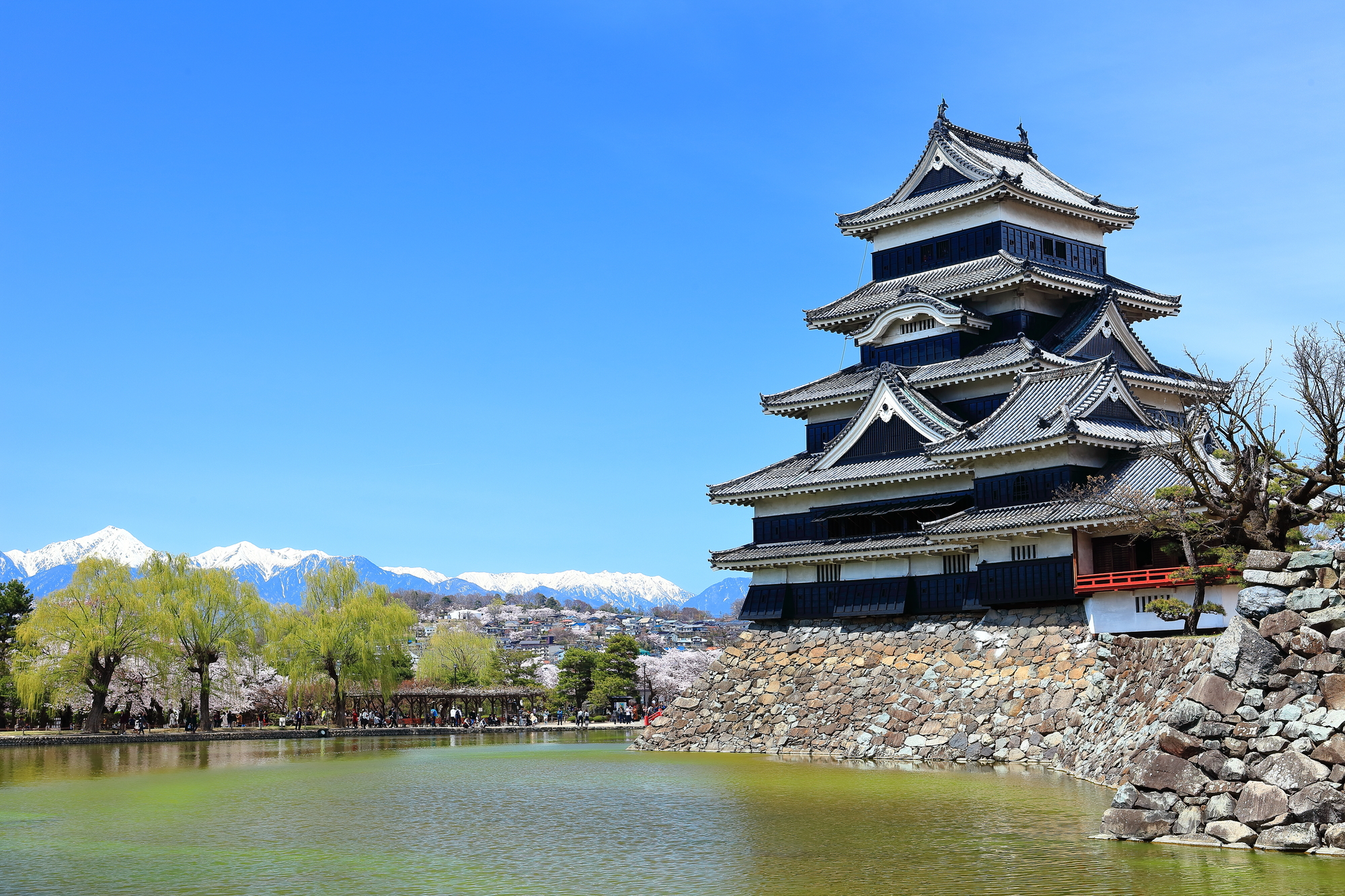
The castle’s most striking feature is its five-tiered, six-story main keep—the oldest existing structure of its kind in Japan, representing unparalleled historic value. Inside, visitors can explore displays of weapons and artifacts that offer a glimpse into the warfare of the era.
A standout feature of Matsumoto Castle is its striking black-lacquered exterior, which contrasts beautifully with its white accents. This aesthetic harmony is further enhanced by the seasonal scenery: cherry blossoms in spring, vivid foliage in autumn, and the serene snow-covered landscape in winter—all of which captivate visitors year-round.
Exploring Matsumoto Castle
The interior of Matsumoto Castle offers a rare opportunity to experience Japan’s rich history and culture firsthand. Upon stepping inside, visitors are greeted by the wooden structures that retain the authentic atmosphere of the Sengoku period.
The steep, narrow staircases and strategically placed defensive features serve as reminders of the castle’s original purpose as a fortress. Exhibition spaces within the castle display armor, weapons, and other artifacts.
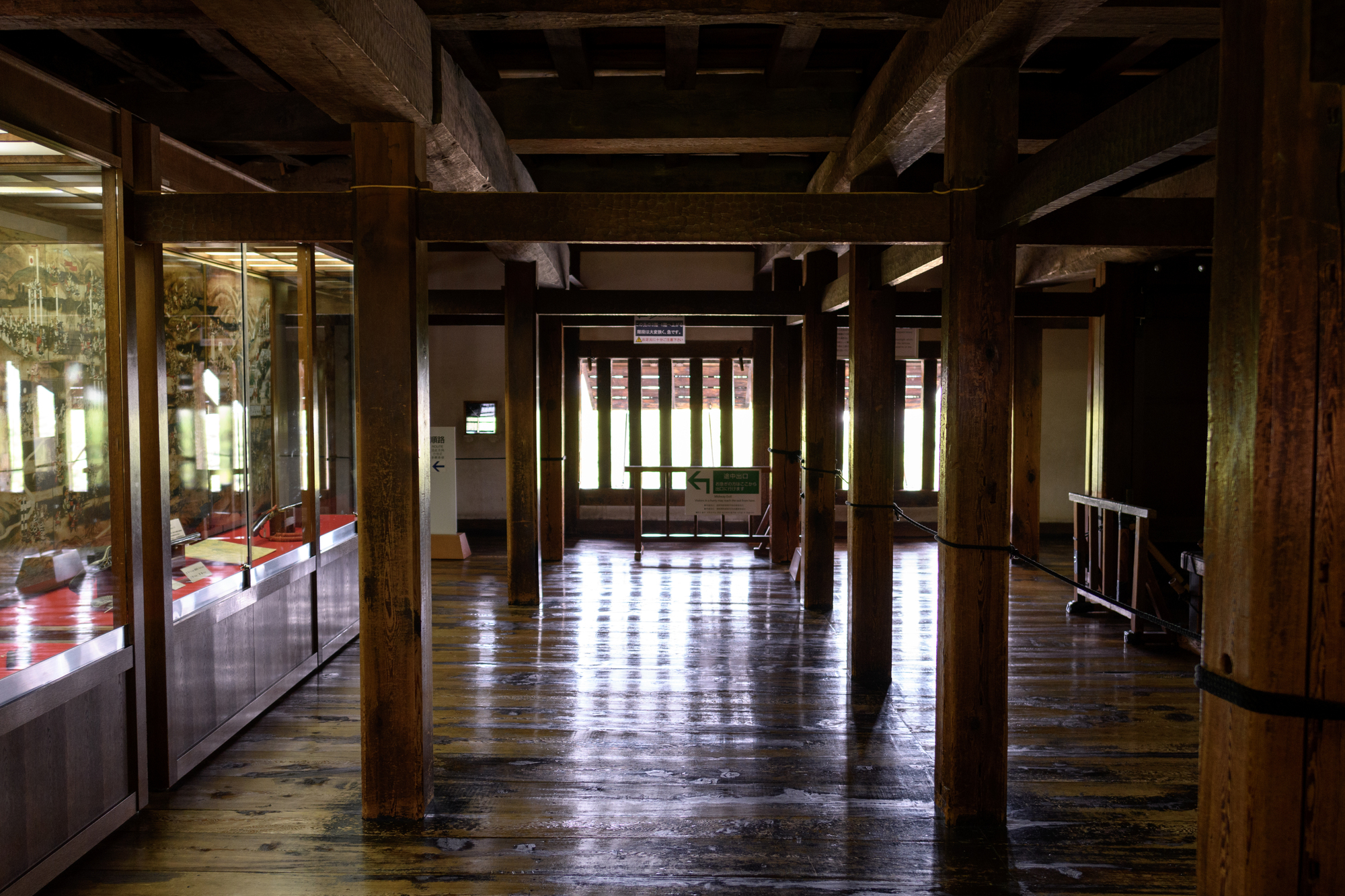
One of the highlights of a visit is the view from the top of the main keep. From the uppermost floor, visitors can enjoy breathtaking panoramic views of Matsumoto City and the surrounding mountains.

For international visitors, information boards and brochures are available in English, and free guided tours are offered by volunteers (available in both Japanese and English). These tours provide a deeper understanding of Matsumoto Castle’s history, making the experience even more enriching.
Illumination Event
At night, the castle is beautifully illuminated, offering a magical and enchanting atmosphere that is distinct from its daytime charm.
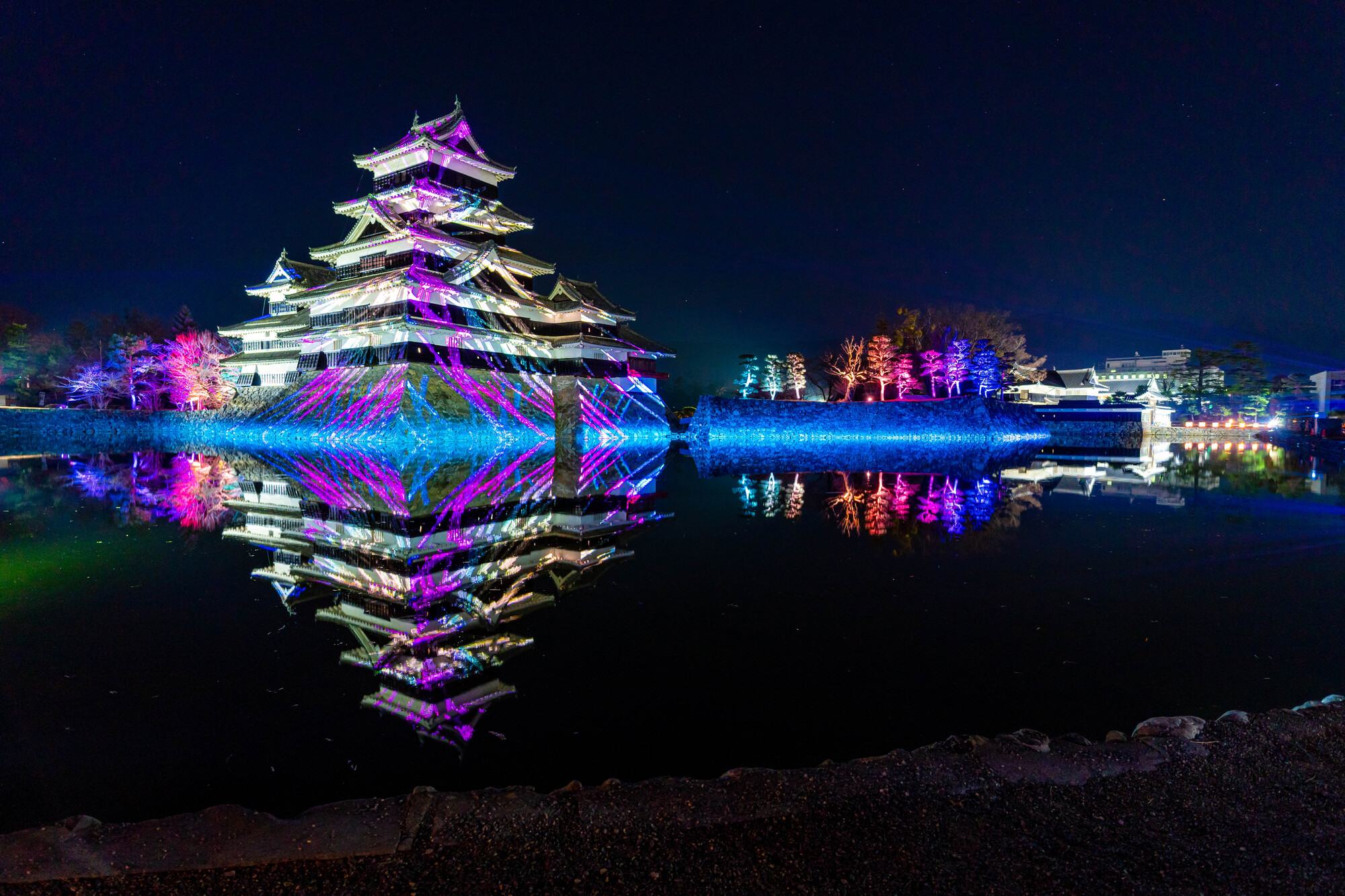
The illumination usually operates from sunset until 10PM. In recent years, advanced digital art techniques like projection mapping have been incorporated, allowing visitors to experience fresh and exciting emotions even on repeat visits.
Winter Recommendations!
Winter at Matsumoto Castle offers a unique charm for travelers. Adorned with a blanket of snow, the castle exudes a picturesque beauty, as if it were a scene from a painting. The crisp winter air enhances the striking contrast between the castle’s black walls and the pure white snow, making it an ideal spot for photography.

Additionally, the surrounding hot spring resorts provide a perfect complement to your winter visit. The Matsumoto area is home to renowned onsen destinations including Asama Onsen and Utsukushigahara Onsen, where you can relax and warm up after sightseeing. Winter also brings seasonal local delicacies, such as Nagano’s famous soba noodles and hot pot dishes made with winter vegetables, offering a delightful way to warm both body and soul.
A winter visit to Matsumoto Castle promises a luxurious experience, combining sightseeing, gourmet delights, and soothing hot springs in one memorable trip.
Access Information
Matsumoto Castle is conveniently located in the heart of Matsumoto City, Nagano Prefecture, making it an easily accessible tourist destination.
From Tokyo, the most common way to reach Matsumoto is by limited express train, taking approximately 2.5 hours. You can take the limited express “Azusa” from Shinjuku Station to Matsumoto Station, followed by a 20-minute walk to the castle. Similarly, from Nagoya, you can take the limited express “Shinano,” which takes about 2 hours to arrive in Matsumoto.
_R.webp)

